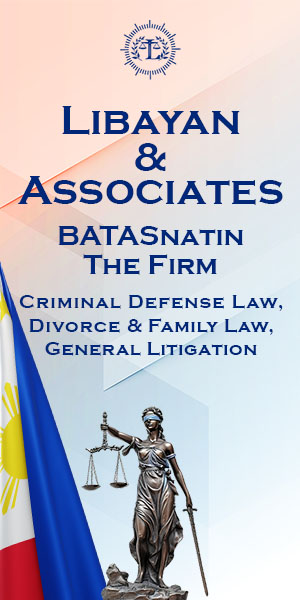ABELLANA, SR. V. CA- Easement by Prescription
Subdivision roads open to public use "when deemed necessary by the proper authorities" simply allow persons other than the residents of the subdivision, to use the roads therein when they are inside the subdivision but do not give outsiders a right to open the subdivision walls so they can enter the subdivision from the back.
FACTS:
The petitioners who live on a parcel of land abutting the northwestern side of the Nonoc Homes Subdivision, sued to establish an easement of right of way over a subdivision road which, according to the petitioners, used to be a mere footpath which they and their ancestors had been using since time immemorial, and that, hence, they had acquired, through prescription, an easement of right of way therein. The construction of a wall by the respondents around the subdivision deprived the petitioners of the use of the subdivision road which gives the subdivision residents access to the public highway. They asked that the high concrete walls enclosing the subdivision and cutting of their access to the subdivision road be removed and that the road be opened to them.
The private respondents denied that there was a pre-existing footpath in the place before it was developed into a subdivision. They alleged furthermore that the Nonoc Subdivision roads are not the shortest way to a public road for there is a more direct route from the petitioners' land to the public highway.
ISSUE:
1. Whether or not an easement has arisen by prescription
2. Whether or not the pathway has become a public street
RULING:
1) No. Petitioners' assumption that an easement of right of way is continuous and apparent and may be acquired by prescription under Article 620 of the Civil Code, is erroneous. The use of a footpath or road may be apparent but it is not a continuous easement because its use is at intervals and depends upon the acts of man. It can be exercised only if a man passes or puts his feet over somebody else's land. Hence, a right of way is not acquirable by prescription.
2) No. Petitioners cannot invoke Section 29 of P.D. 957 which provides:
Sec. 29. Right of Way to Public Road. — The owner or developer of a subdivision without access to any existing public road or street must secure a right of way to a public road or street and such right of way must be developed and maintained according to the requirement of the government authorities concerned.
a. Because the above provision applies to the owner or developer of a subdivision (which petitioners are not) without access to a public highway.
b. And the petitioners' allegation that the footpaths which were converted to subdivision roads have acquired the status of public streets, is not well taken. The municipal ordinances which declared subdivision roads open to public use "when deemed necessary by the proper authorities" simply allow persons other than the residents of the Nonoc Homes Subdivision, to use the roads therein when they are inside the subdivision but those ordinances do not give outsiders a right to open the subdivision walls so they can enter the subdivision from the back. The closure of the dead ends of road lots 1 and 3 is a valid exercise of proprietary rights. It is of judicial notice that most, if not all, subdivisions are enclosed and fenced with only one or few points that are used as ingress to and egress from the subdivisions.



 Spotify
Spotify  iTunes
iTunes  AppleMusic
AppleMusic  YouTube
YouTube 


